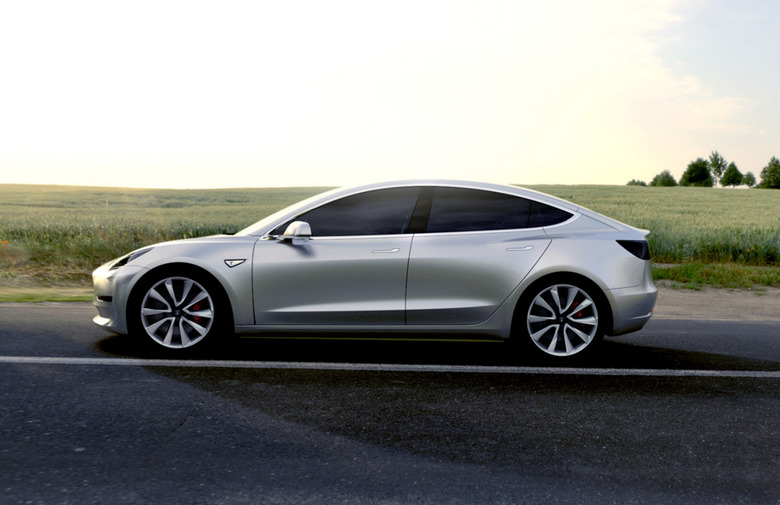Volvo Engineer Blasts Tesla's 'Unsupervised Wannabe' Autopilot
Tesla is the talk of the town when it comes to car innovation. Like it or not, Elon Musk's company made a splash in the business by coming out not only with fully electric vehicles but also with several smart features for them. The list includes a handy autopilot mode that's able to take control of the car in various instances – as long as the driver is also paying attention to the road. The car isn't autonomous yet, as laws aren't deployed to regulate this new type of machine.
Tesla competitor Volvo is also working on autopilot features of its own for future generations, but the company isn't happy with all the unwarranted – read, potentially dangerous – attention that Tesla's robot is receiving from customers.
DON'T MISS: Ferrari CEO drives a Tesla, promptly calls electric cars 'obscene'
Volvo's senior technical leader of crash avoidance Trent Victor pulled no punches in an interview with The Verge about Tesla's current autopilot technology and Volvo's upcoming self-driving car.
"It gives you the impression that it's doing more than it is," he said. "[Tesla's Autopilot] is more of an unsupervised wannabe," he continued, suggesting that Tesla makes semi-autonomous cars that appear to be autonomous.
Victor argued that a Level 3 autonomy car mandates that the driver should be ready to take over the wheel at a moment's notice. Therefore, this isn't a safe solution, as it doesn't truly free the driver from the burden of driving.
Meanwhile, Volvo is working on a Level 4 "Drive Me" self-driving car that would offer increased autonomy compared to Tesla's software. The Drive Me public testing will start next year, with the car expected not only to stand in its lane but also to respond to more complex traffic situations, without requiring a human to take over.
"It's important for us as a company, our position on autonomous driving, is to keep it quite different so you know when you're in semi-autonomous and know when you're in unsupervised autonomous," he continued.
"In our concept, if you don't take over, if you have fallen asleep or are watching a film, then we will take responsibility still," Victor said. "We won't just turn [autonomous mode] off. We take responsibility, and we'll be stopping the vehicle if you don't take over."
Tesla's beta autopilot will disconnect if it gets into trouble, meaning that it's up to the driver to adjust course as fast as possible.
"That's a really important step in terms of safety, to make people understand that it's only an option for them take over," Victor said, explaining that his company is "taking responsibility both for crash events, and we're also programming it for extreme events like people walking in the road even where they're not supposed to be. There's a massive amount of work put into making it handle a crash or conflict situations."
